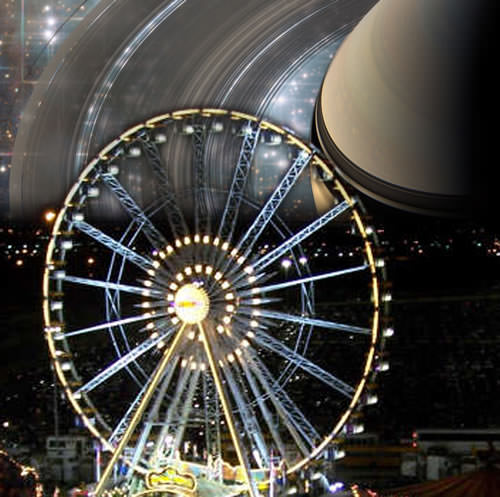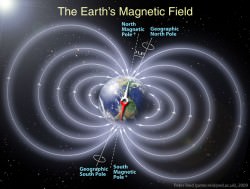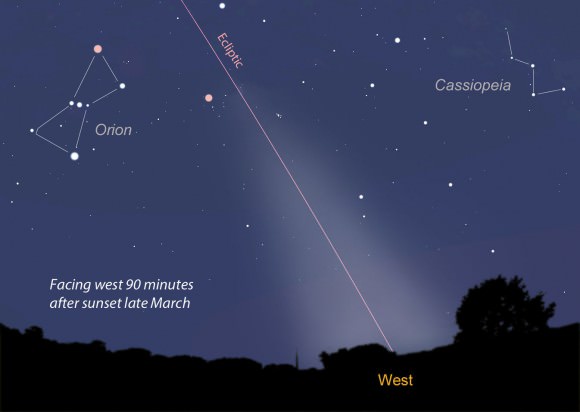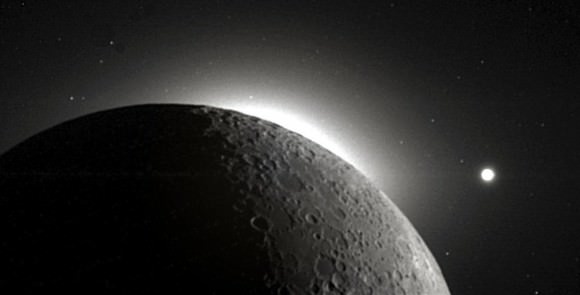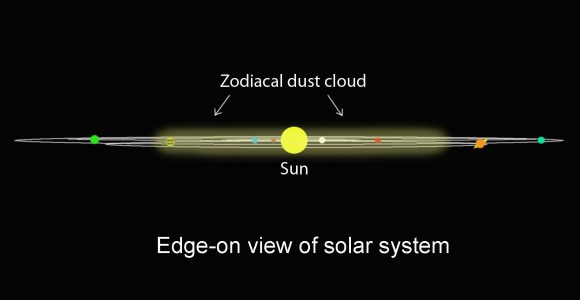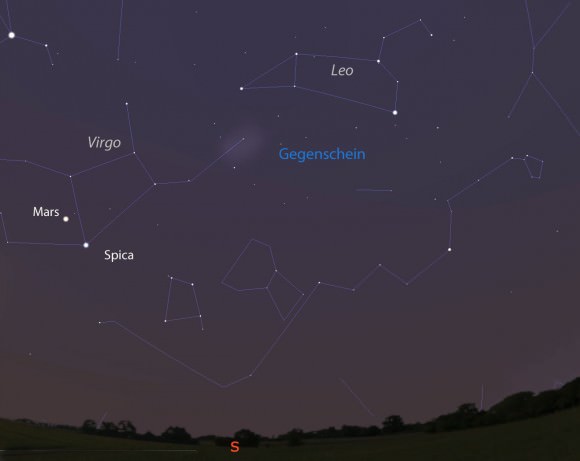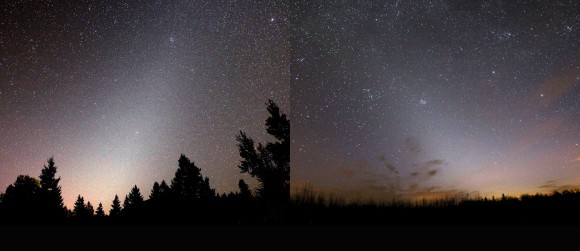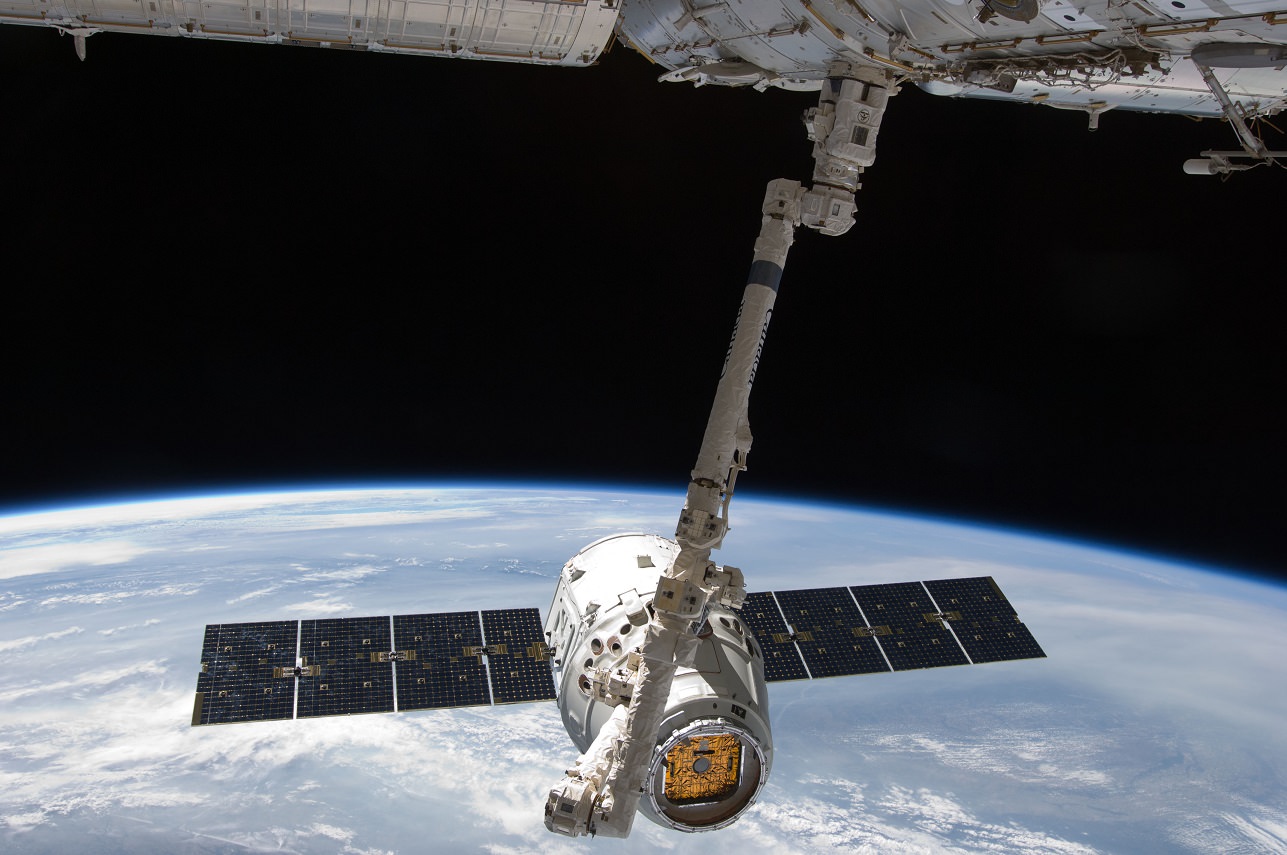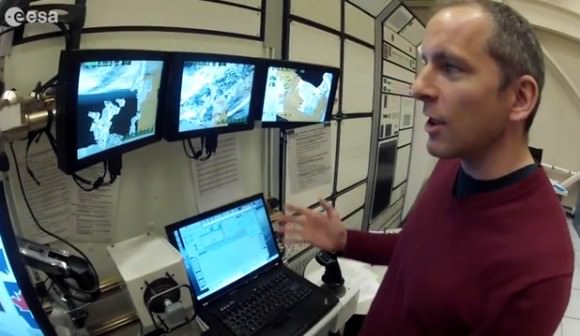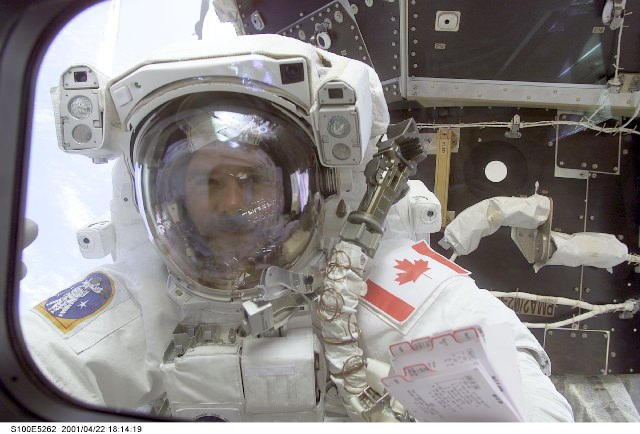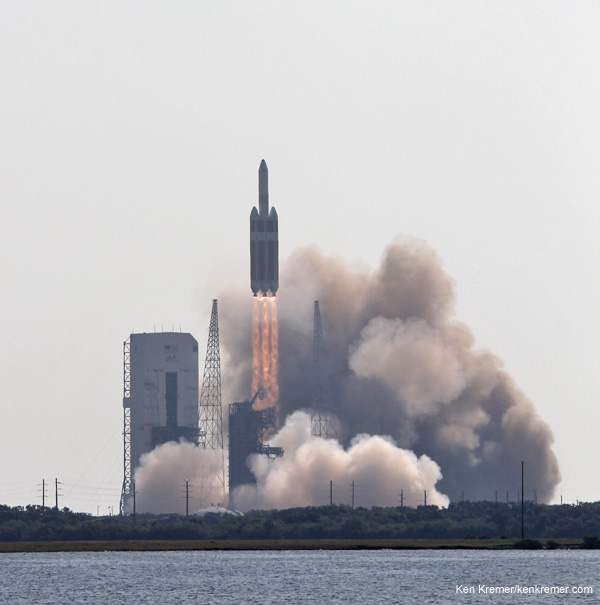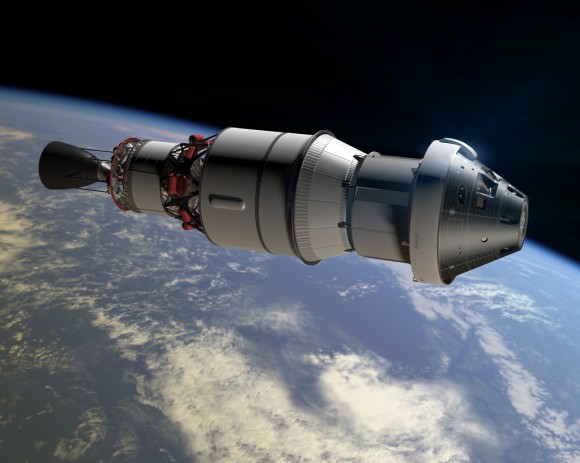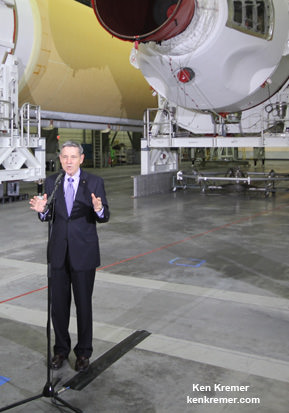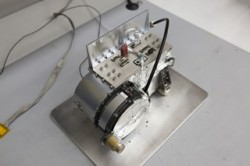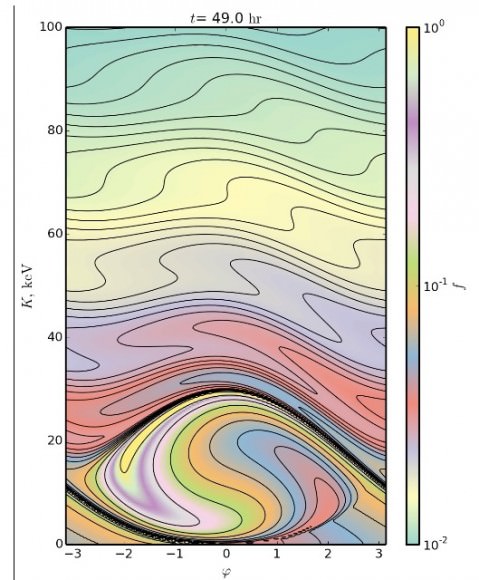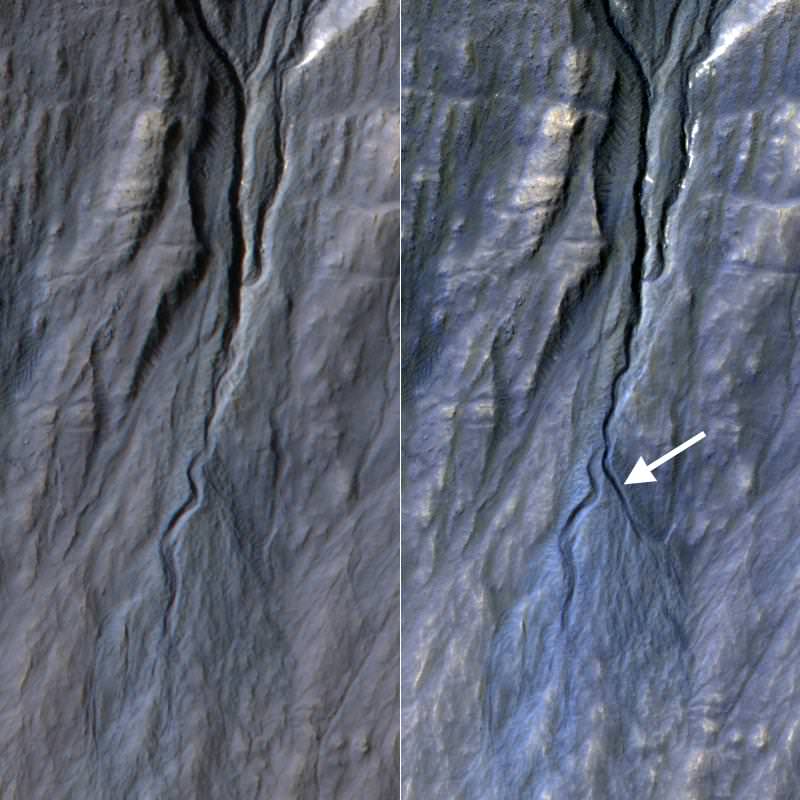Mathematics seems to be the bane of many people, and especially many authors. Editors will often say that putting any mathematical equation into a book will sideline it to a destiny of either a textbook or dust collector. So what is an author to do? It appears Max Tegmark plays this line by continually talking about mathematics but never actually using any in his book ‘Our Mathematical Universe – My Quest for the Ultimate Nature of Reality.’ From a publisher’s view, this is a keen gambit. From a reader’s point of view, there may be referrals to some fancy equations but the lack of mathematics serves to convey this author’s message very well.
Max Tegmark is a professor of physics at MIT and a leading expert on theories of the Universe. But he writes with aplomb about a subject of which few people have much grasp and fewer people can manipulate. In a nutshell, he runs through the tenants of extreme physics both in the time and size dimensions, that is, from quarks to galaxies and from the big bang to whatever string theory may have in store for us.
The tentative hypotheses defining our future drive most of the original work in this book. Specifically starting from the Uncertainty Principle, the author argues that all possibilities can and indeed will occur. Just try following along with his argument about a quantum machine gun to determine life and/or death (but don’t try this at home). He then goes on to argue that an infinite number of universes are needed to enable all these options. Next, and apparently his personal purpose of the book, is his appreciation that given these probability states and the finite representation for basic physical entities in our universe, such as the dark-energy density, then our universe and indeed any universe is equivalent to a mathematical structure. This prognosis is his rationale for entitling his book Our Mathematical Universe. He then goes on to claim that this underlying mathematical structure should be the much sought after Theory of Everything. However, he readily admits in his book that he hasn’t got all the details just yet.
While Tegmark has presumably written this book for the lay person, there is a strong sense of an academic grounding in the writing style. The subject is solidly technical with only the occasional interpose of the author’s personal life. There’s a bit about his family, though not much more than that he has one. There’s much more about the physicists that have touched upon his career as well as conferences he’s attended and papers that he’s written. But still, the feeling of being near textbook like does appear. Perhaps this is what makes this book a bit more of a challenge to read. It’s not the difficult prose but the author’s many thought experiments usually based upon mathematical arguments. Reading it requires hard thinking that puts into question your very existence and indeed whatever you may think the purpose may be of your existence. But the reading can be very rewarding even for the lay purpose who’s looking for the latest in cosmology and physics.
So, this book is what we get apparently when a professor has become tenured. It’s a solid personal view that has more to do with what they feel is correct than what is the social or academic norm. Tegmark admits to and writes of some very off norm points in his life. His book ‘Our Mathematical Universe – My Quest for the Ultimate nature of Reality’ may be his most off putting. But equally, he shows the true value of universities, where the best and brightest can advance the knowledge of our species for all to share and from which all profit.


